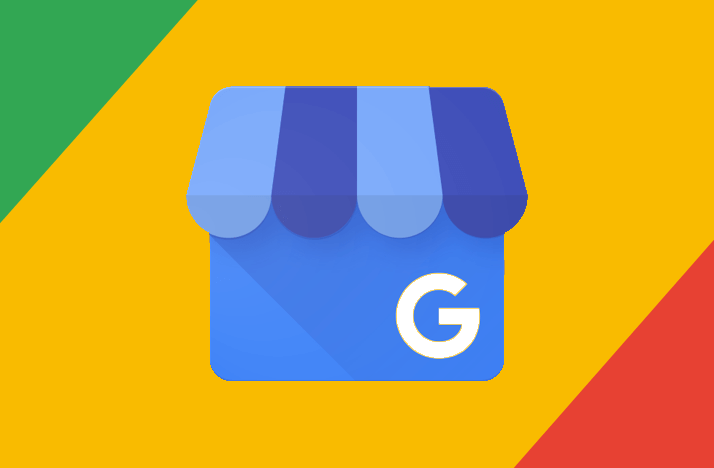Let’s say you’ve recently been in a conversation about marketing technology where at least somebody didn’t exactly know what #martech is. They got through by saying things like “consumer journey,” “Lumascape” and “Marketing tech is going to be the hottest trend this year, no doubt.”
We’re not saying that person was you. But to help end the confusion one sometimes encounters over marketing technology, here’s an easy explainer.
What is martech, anyway?
“Every piece of technology a marketer uses to reach a potential customer is martech,” said John Koetsier, mobile economist at Tune, a mobile analytics and performance marketing company, and a former journalist who covered the subject for years at publications including VentureBeat. “Everything from an email marketing system like MailChimp to social media marketing platform like HootSuite.”
Martech exists to give advertisers a one-to-one relationship with their customers. Brands like Uber, Dollar Shave Club and Airbnb already have that setup. Legacy brands, however, still have multiple layers separating them from their customers.
To help them shed those layers, many turn to digital marketing hubs, or marketing clouds.
A marketing cloud, as research firm Gartner describes it, gives marketers standardized access to audience data, content, event triggers and analysis so they can automate complex campaigns, sales and data collection both online and off.
Almost without exception, marketing technology companies operate on a software-as-a-service model, or SaaS. That means brands pay vendors a yearly fee to use software so they can gather data on their consumers, for example. Adobe, Salesforce, Oracle and Marketo are the clear leaders when it comes to marketing clouds, according to a February report by Gartner.
Koetsier said large brands can expect to pay at least $50,000 per year to access top-line marketing clouds. “And it starts to scale up from there to six figures or more,” he said. Still, there are other, smaller players that can fulfill a marketer’s needs for $5,000 to $20,000 a year.
But money is only half of the challenge. Even the most tech-savvy brands will likely find it difficult to make sense of all their data. In most cases, brands hire large consultancies to help them out. But there are also smaller consultants that can be more nimble and still effective, Koetsier said.
Isn’t this just ad tech? No. Ad tech is about placing, buying and selling ads while martech is about building, managing, delivering and optimizing campaigns.
Ad tech also operates on margins of purchased ads, a significant difference from martech’s SaaS model. Marketing campaigns need to be planned, and that means ads need to be placed, so there’s room for the two to converge, but perhaps not combine completely, Koetsier said.
Enter artificial intelligence
One of the biggest trends coming out of martech is AI. Each of the big players is building out its own solution: Einstein from Salesforce, Sensei from Adobe, Adaptive Intelligent Apps from Oracle and Watson from IBM.
The rise of AI is squarely aimed at helping marketers make sense of all their data.
“We are getting data all the time from our ad campaigns, email marketing, mobile apps, video,” Koetsier said. “Being able to integrate all of that data into a comprehensive picture of a person who wants something or needs something is really, really challenging.”
Although marketers will likely see a number of exciting announcements of what AI can deliver, its uses in 2017 will probably focus on perfecting what times emails should be sent or determining the optimal subject lines.
“We’re on step two of 100,” Koetsier said of marketing AI. “We are able to use some AI today to make things smarter for marketers, but it is nothing compared to what we will see in five years.”
By George Slefo. Published on
Credit: Yasu & Junko/Trunk Archive




